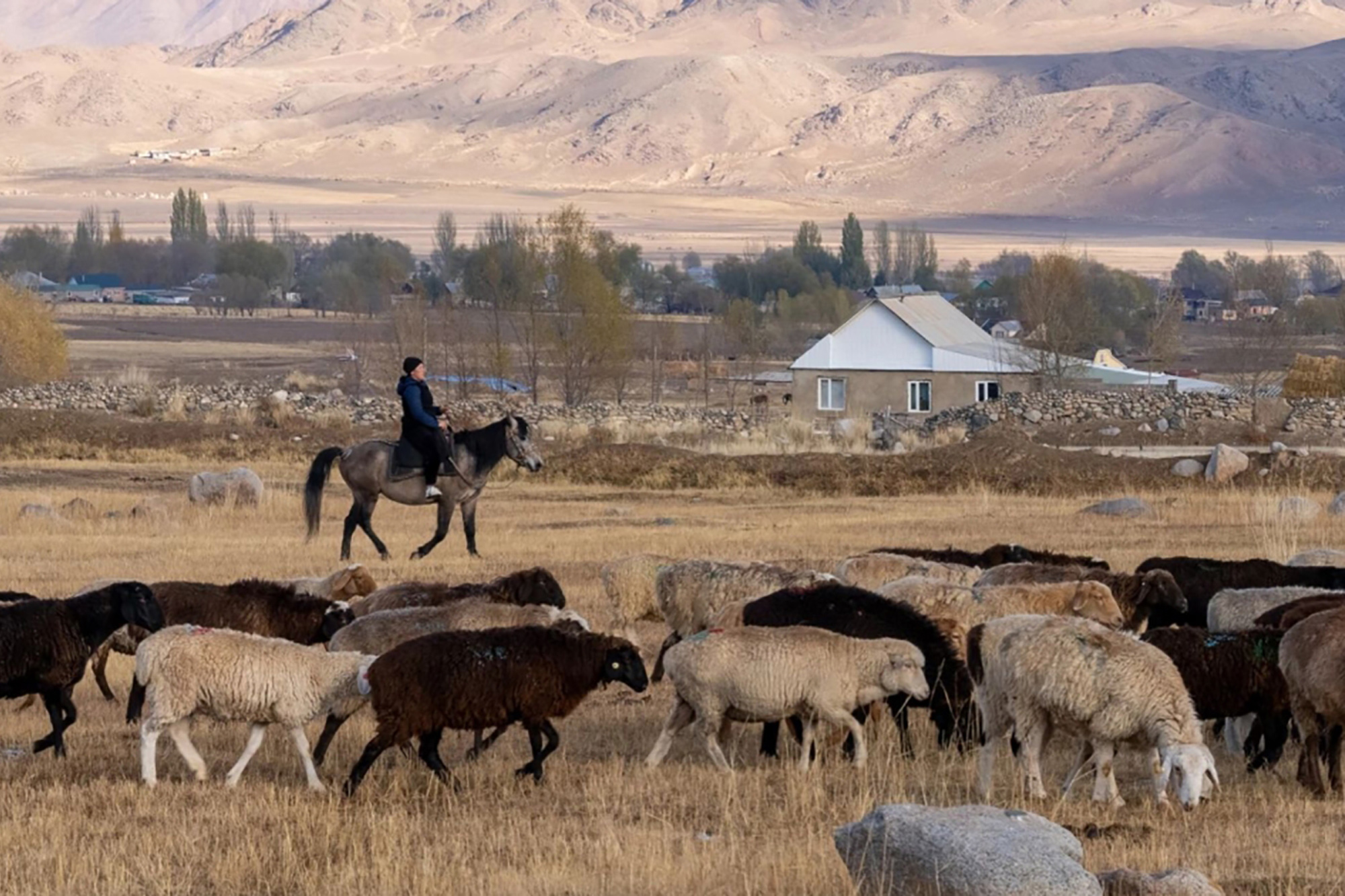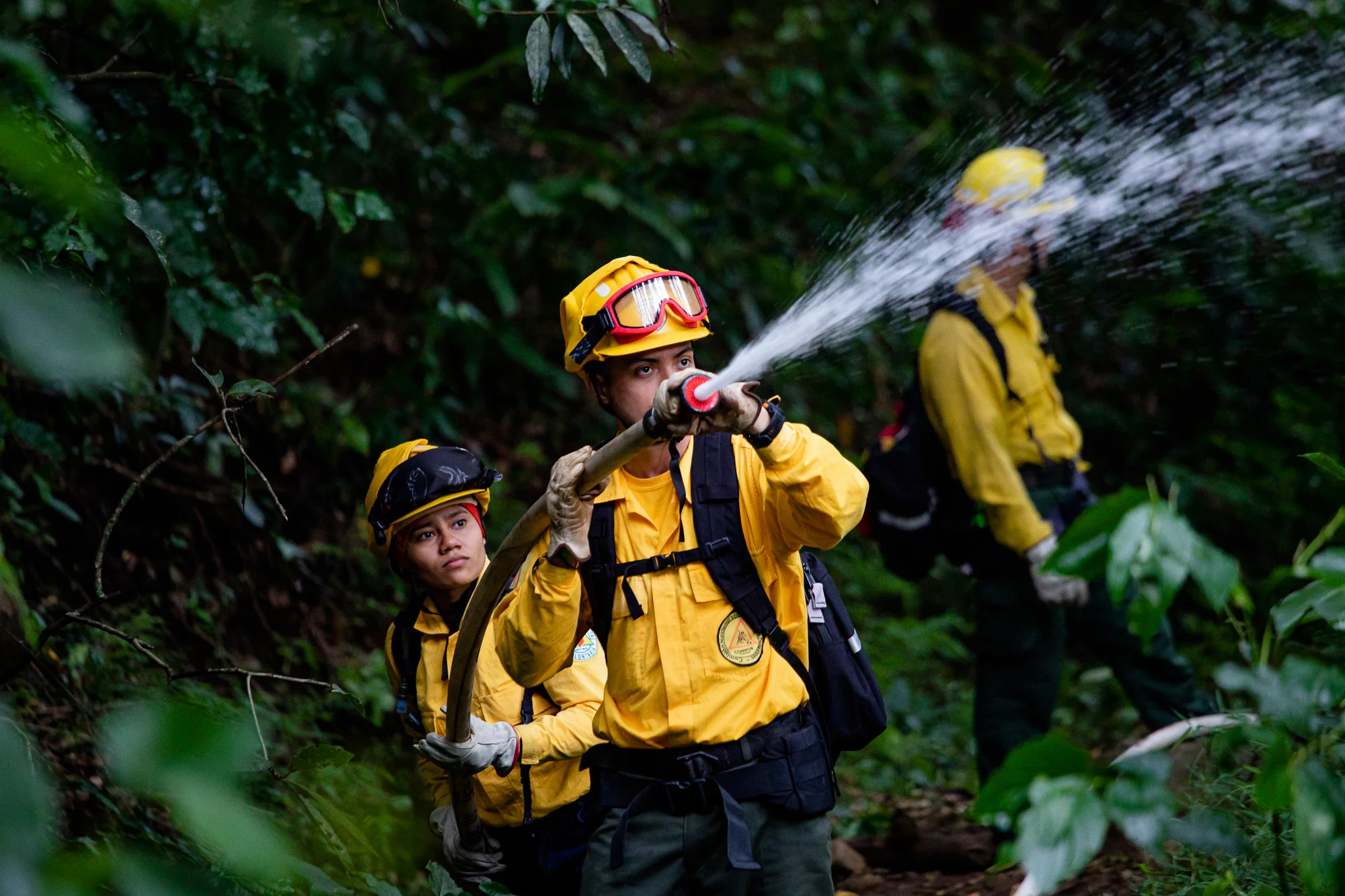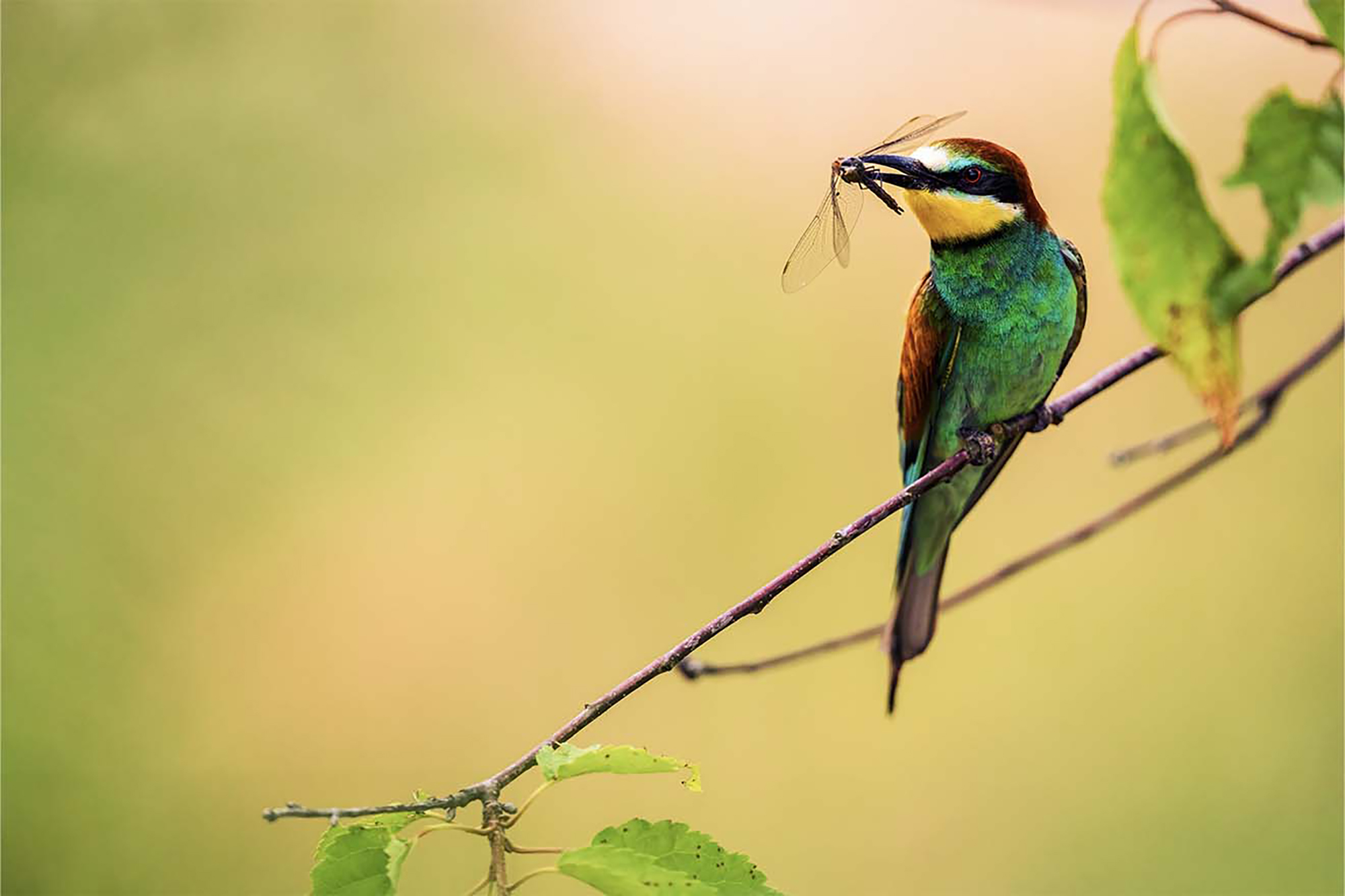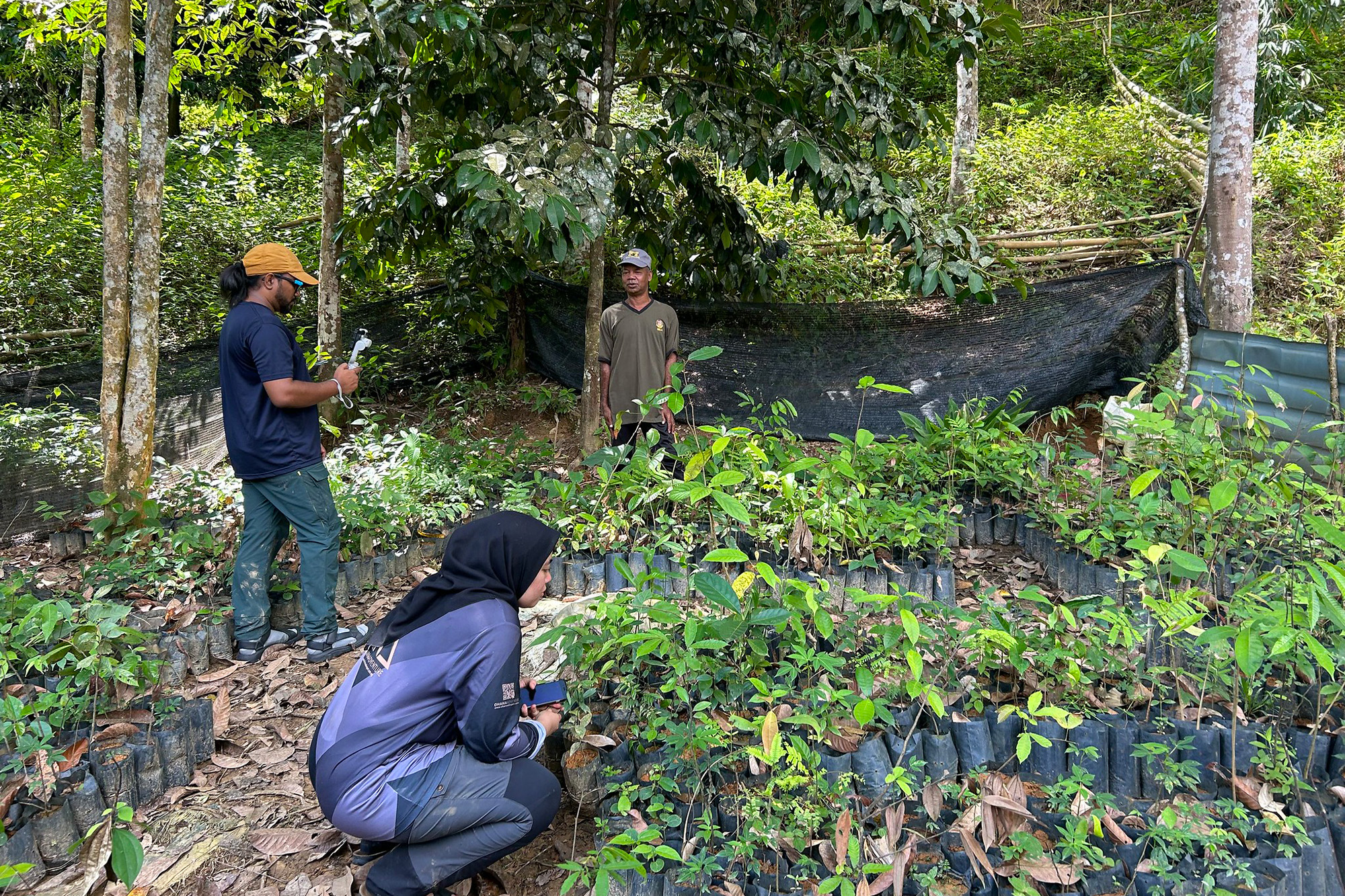Land sustains life on Earth, but more than 2 billion hectares of the world’s land is degraded, affecting more than 3 billion people. Vital ecosystems and countless species are under threat. It is crucial to find ways to stop dry land from becoming desert, fresh water sources from evaporating, and fertile soil from turning to dust. World Environment Day (5 June) will highlight how everyone can help end land degradation and restore blighted landscapes. The United Nations World Environment Programme (UNEP) offers seven ways to get involved in restoring ecosystems.
Natural Resources and the Environment
Hundreds of thousands of people are coming together to revive their lands – by tuning dried up monoculture plots into forest gardens.
Today we celebrate for the first time the International Day of the Markhor, an iconic and ecologically significant species found across the mountainous regions of Central and South Asia. Categorized as “near threatened“, the main threats to the markhor’s survival are habitat loss, illegal hunting and climate change. Besides its ecological value, the markhor is a valuable species that contributes to local economies. Preserving the markhor and its natural habitat is an ecological imperative and a significant opportunity to bolster the regional economy.
In 2023 alone, 400 million hectares were consumed by flames—an area twice the size of Mexico. Forest fires cause biodiversity loss, release large quantities of carbon dioxide, and degrade the soil and contaminate water resources. Today, more than half of forest fire-related costs go toward rapid response. But less than 1 percent is spent on planning for and preventing this environmental threat. Costa Rica's Volunteer Forest Fire Brigade has been supported by the Global Environment Facility’s Small Grants Programme (SGP), implemented by the United Nations Development Programme (UNDP), in fighting forest fires for the last 30 years.
Restoring Mediterranean forests has been recognized as a World Restoration Flagship under the UN Decade on Ecosystem Restoration, offering hope and solutions to these pressing challenges.
Adaptation policies, including forest restoration and nature-friendly management practices, play a crucial role in mitigating climate risks in the Carpathian Mountains, while promoting biodiversity and ecosystem resilience.
UNEP presents Nepal’s Terai Arc Landscape as one of the last places where tigers, elephants, rhinos, and humans co-exist. In recent years, the country’s tiger population has tripled – but attacks were on the rise.
The Terai Arc Landscape has been recognized as a World Restoration Flagship under the UN Decade on Ecosystem Restoration.
Hussen Nasser Al-Yabari, Yemeni environmental journalist, embodies an unwavering courage and dedication as he illuminates critical environmental issues amidst conflict.
World Migratory Bird Day highlights the vital role of insects for migratory birds and the concern that declining insect populations along migratory routes are threatening bird survival and impacting ecosystems. Habitat loss due to agriculture and urban development, along with pesticide use, contributes to declining insect populations, and insect scarcity affects bird migration and breeding, reducing reproductive success and increasing mortality rates. Conservation efforts focus on promoting organic farming and preserving natural habitats to support bird survival and ecosystem balance.
This year’s World Press Freedom Day (3 May) focuses on the importance of journalism and freedom of expression in the context of the global environmental crisis. Journalists face significant challenges in gathering and disseminating information on issues such as climate change, illegal mining, and deforestation. Misinformation campaigns pose a threat to informed public debate and can undermine international efforts to tackle environmental issues. Accurate, timely and comprehensive reporting on environmental issues is critical to achieving sustainable development.
In an episode of The UN Forest Podcast, host Samata Pattinson engages with Åsa Degerman, Ben Selby, and Carlo Covini to delve into the urgent need for sustainability within the fashion and textile industry. The discussion centers on the pivotal role of forests and innovative technologies in fostering a more sustainable and circular fashion ecosystem.
With a focus on transformative practices, the conversation highlights how integrating forest-based materials and cutting-edge technologies can revolutionize the industry, promoting environmental conservation and reducing waste. The podcast aims to inspire industry stakeholders and consumers alike to embrace sustainable fashion practices for a greener future.
Photo: UNECE
Biodiversity conservation is the cornerstone of sustainable agriculture, empowering communities and securing a resilient food future.
From extreme heat and rising sea levels to biodiversity loss and pollution, Mother Earth is in peril and making a clear call to action - a need to shift to a more sustainable economy that works for both people and the planet. This International Mother Earth Day, let’s mobilize for the planet and all the life it supports. There are steps every one of us can take to protect nature, tackle climate change, and promote harmony with the Earth. Speak up, log your actions, and help save our planet with the UN’s ActNow campaign!
Social forestry initiatives in Indonesia are playing a pivotal role in safeguarding the nation's precious forests, serving as a beacon of hope in the fight against climate change.
Trees communicate and cooperate through underground networks of fungi known as the 'wood-wide web'. Mycorrhizal connections facilitate complex ecological systems that represent the best of innovation. The IC-CFS project, an effort between the Malaysian Government and international bodies to conserve biodiversity, worked to restore contiguous forest landscapes throughout the Central Forest Spine. As part of these efforts, a forest tree nursery programme was initiated in 2022 to support the national social forestry initiative. The indigenous community in Air Banun Orang Asli Resettlement, in Malaysia, was selected as the central village to host this initiative, where the main nursery holds 10,000 seedlings of forest tree species.











